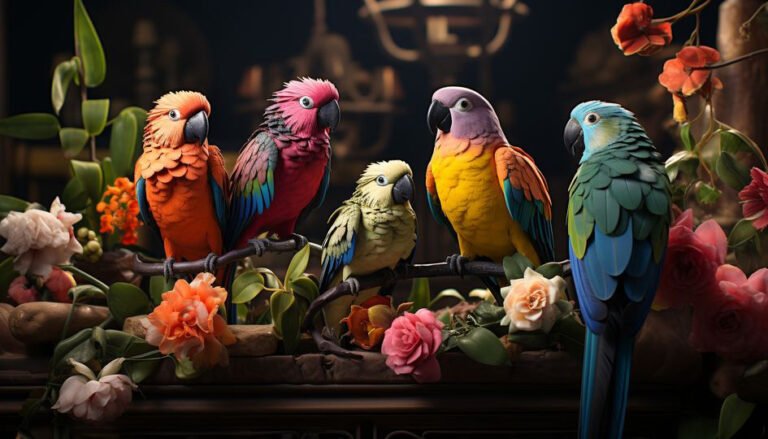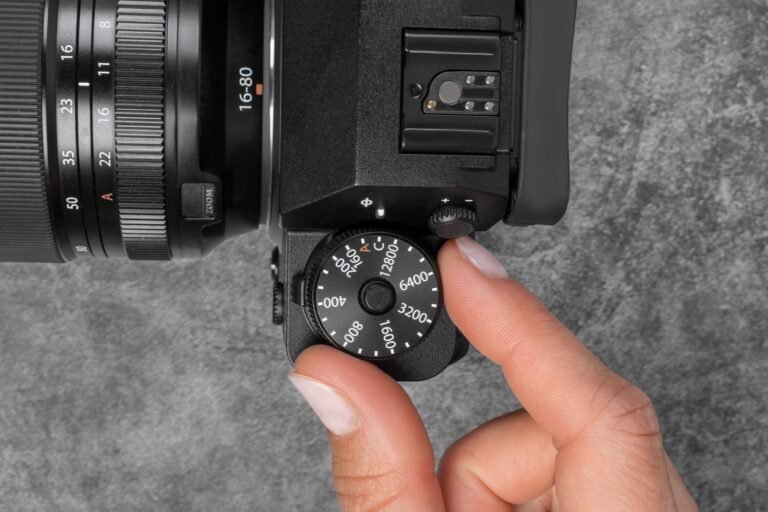
Integrating color and composition in photography
Integrating color and composition effectively in photography is essential for creating visually appealing and impactful images. Here are strategies to help you master this aspect of photography:
- Understand Color Theory
– Color Wheel: Familiarize yourself with the color wheel and how different colors interact with each other (complementary, analogous, triadic colors).
– Color Psychology: Learn the emotional and psychological effects of colors to convey specific moods or messages in your photos.
- Use of Color in Composition
– Contrast: Create visual interest by juxtaposing colors that are opposite on the color wheel (complementary colors), or by using colors with varying saturation and brightness levels.
– Harmony: Use colors that are adjacent on the color wheel (analogous colors) to create a harmonious and cohesive look in your compositions.
– Dominance: Highlight one dominant color in your composition to draw attention to a specific subject or element.
- Consider Natural and Artificial Lighting
– Golden Hour and Blue Hour: Leverage the warm, soft light of golden hour or the cool, atmospheric light of blue hour to enhance the colors in your photos.
– Indoor Lighting: Be aware of how different types of artificial lighting (e.g., incandescent, fluorescent, LED) affect color rendition and adjust your white balance accordingly.
- Foreground and Background Elements
– Color Blocking: Use contrasting colors between your subject and the background to make your subject stand out.
– Color as Leading Lines: Use lines of color or patterns to guide the viewer’s eye through the composition.
- Composition Techniques
– Rule of Thirds: Place key elements at the intersections of the grid lines or along the lines themselves to create balance and interest.
– Symmetry and Patterns: Use symmetrical compositions or repeating patterns to emphasize color relationships and create a sense of order.
– Negative Space: Use empty or neutral-colored space around your subject to highlight the colors within the frame.
- Post-Processing Considerations
– Selective Color Adjustments: Use editing software to fine-tune colors, enhance saturation, or adjust hues to achieve the desired color palette.
– Color Grading: Apply consistent color tones across a series of photos to create a cohesive look and feel.
- Experimentation and Practice
– Shoot in Different Environments: Experiment with colors in various natural and artificial lighting conditions to understand how they affect your compositions.
– Review and Critique: Analyze your photos critically to see how effectively you’ve integrated color and composition. Seek feedback from others to gain new perspectives.
- Developing Your Style
– Consistency: Develop a signature style by consistently using color and composition techniques that align with your artistic vision and preferences.
– Inspiration from Others: Study the work of other photographers and artists to gain inspiration and insights into how they use color and composition effectively.
Conclusion
Integrating color and composition in photography involves both technical understanding and creative experimentation. By mastering color theory, utilizing effective composition techniques, and leveraging light and environment, you can create visually compelling images that resonate with viewers. Continual practice, exploration of different scenarios, and refining your editing skills will help you develop your unique style and elevate your photography to new heights.






